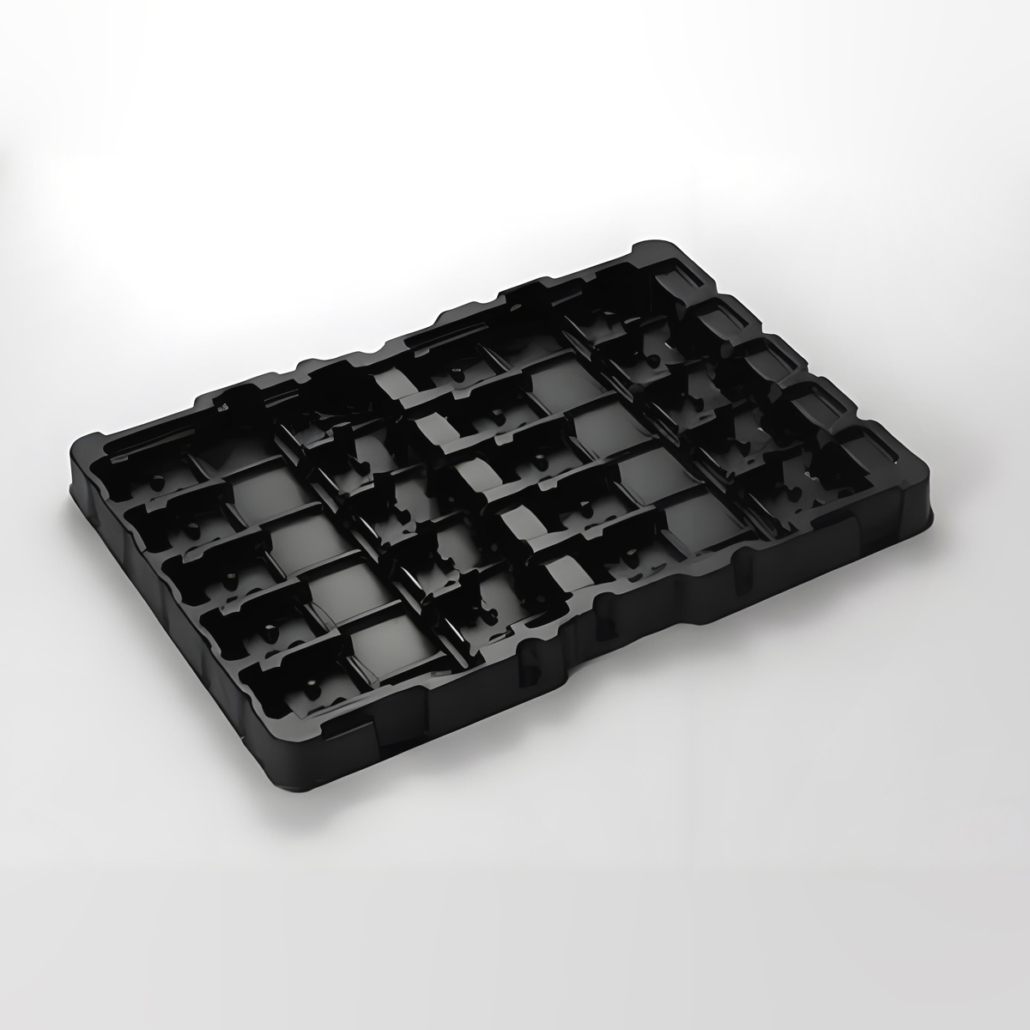Thin vs Thick Gauge Plastic: Choosing the Right Gauge for Your Vacuum Forming Project
So, you’re interested in vacuum forming for your next project – that’s awesome! But with all the options available, you might be wondering: “Should I go with thin or thick gauge plastic?” Don’t worry, SME Plastic is here to help you navigate this decision and choose the perfect fit for your needs.
Understanding the Difference:
First things first, let’s define what we mean by “thin” and “thick” when it comes to vacuum forming. Generally, thin gauge plastic falls within the 0.2mm to 3mm range, while thick gauge plastic starts around 3mm and can go up to 6mm or even thicker. Each has its own unique benefits and drawbacks, making them suitable for different applications.
Thin Gauge Plastic Vacuum Forming Advantages:
Lightweight: This is perfect for applications where weight is a concern, such as packaging, displays, or transportation components.
Cost-effective: Thin gauge plastic typically requires less material, which can lead to lower production costs, especially for large quantities.
Flexibility: Thin plastics are often more pliable and easier to form into intricate shapes and designs.
Transparency: Many thin gauge plastics offer excellent clarity, making them ideal for products where visibility is important.
Thick Gauge Plastic Vacuum Forming Advantages:
Durability: Thick plastics are inherently stronger and more resistant to impact, making them suitable for demanding applications.
Rigidity: They offer greater structural integrity and can hold their shape better under stress or load.
Insulation: Thicker plastics provide better thermal and sound insulation, which can be beneficial for certain products.
Texture and detail: Thick gauge allows for more pronounced textures and deeper details to be incorporated into the design.
Making the Right Choice:
Now that we know the key differences, how do you choose the right gauge for your project? Here are some factors to consider:
Application: What is the intended use of your product? Will it need to be strong and rigid, or lightweight and flexible?
Design complexity: Does your design have intricate details or require deep draws?
Budget: Thin gauge options are often more budget-friendly, while thicker plastics might require a higher investment.
Aesthetics: Consider the desired look and feel of your product – do you need a transparent material or a specific surface texture?
Comparison Table:
Here’s a handy table summarizing the key differences between thin gauge and thick gauge plastic vacuum forming:
| Feature | Thin Gauge Plastic | Thick Gauge Plastic |
| Thickness | 0.2mm – 3mm | 3mm and above |
| Weight | Lightweight | Heavier |
| Cost | More affordable | More expensive |
| Flexibility | More flexible | Less flexible |
| Durability | Less durable | More durable |
| Rigidity | Less rigid | More rigid |
| Applications | Packaging, displays, lightweight components | Industrial parts, enclosures, structural components |
SME Plastic: Your Partner in Vacuum Forming
No matter your project needs, SME Plastic is here to help. We offer a wide range of thin and thick gauge plastic options, along with expert design assistance and manufacturing capabilities. Our team will work closely with you to understand your requirements and recommend the perfect solution for your unique project.
Don’t hesitate to contact us today to discuss your vacuum forming needs and get a quote!





